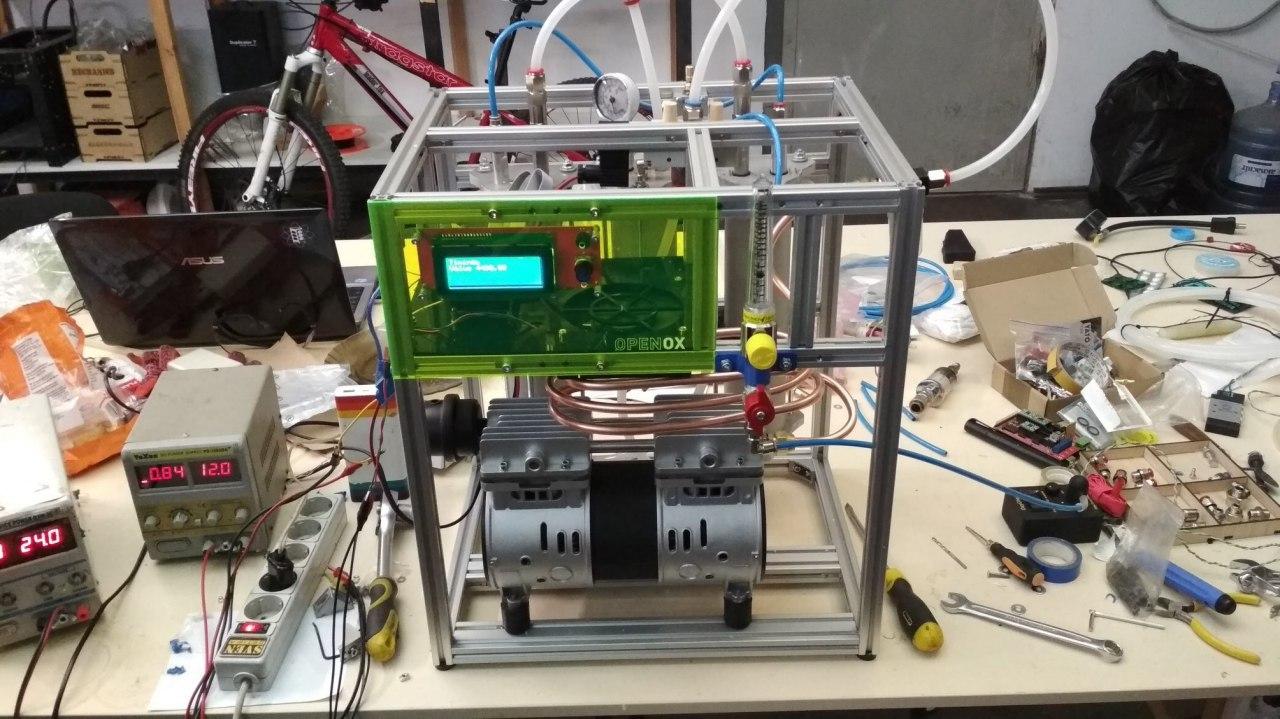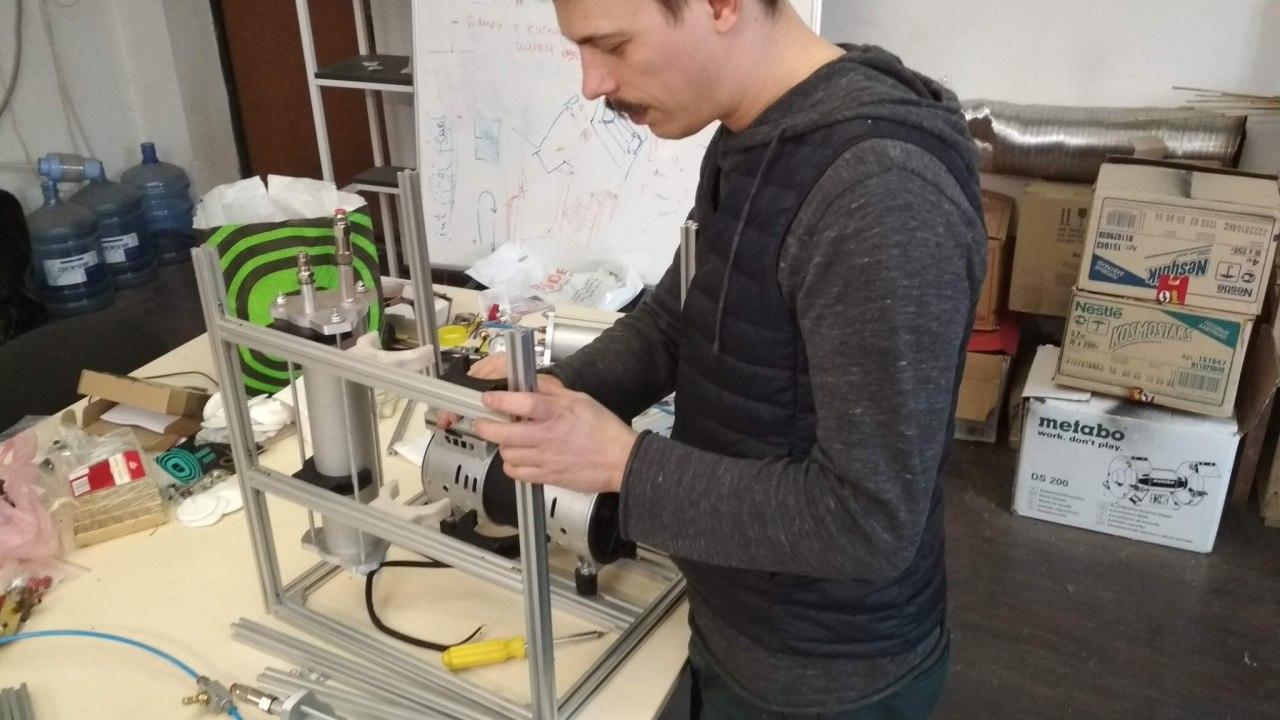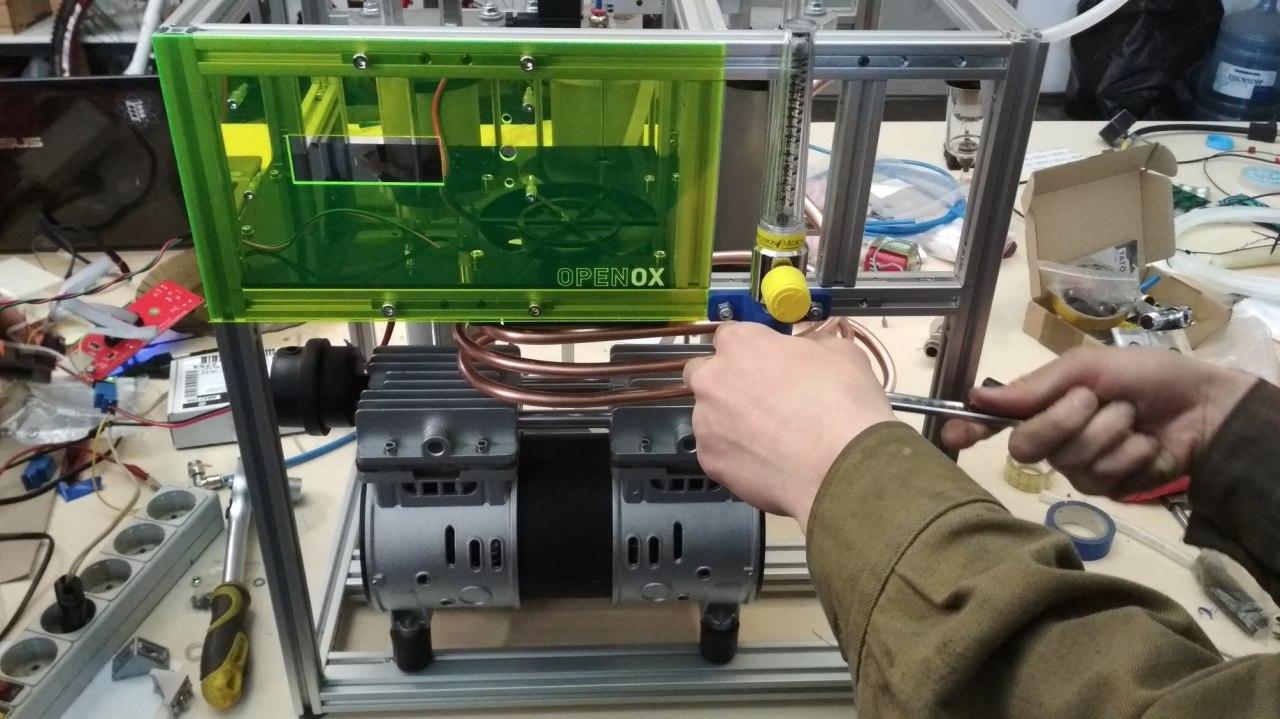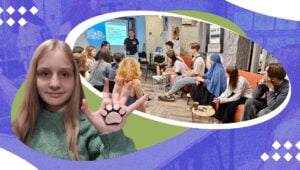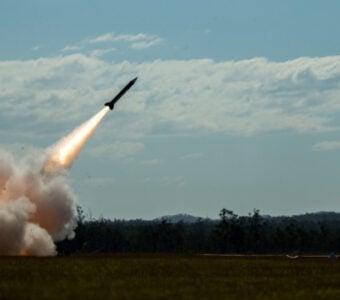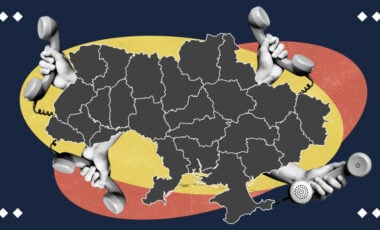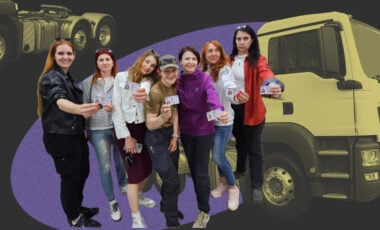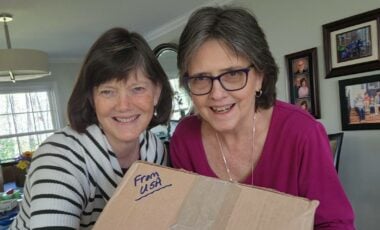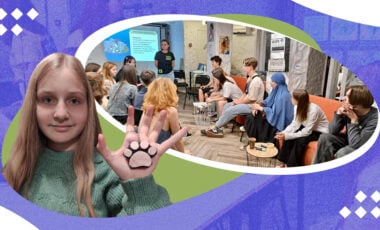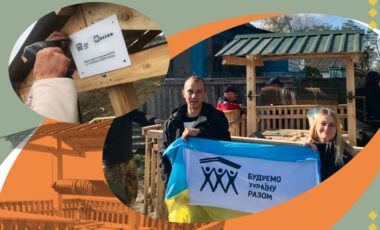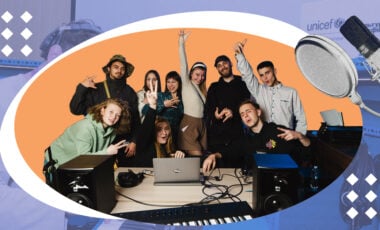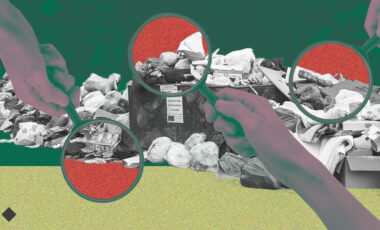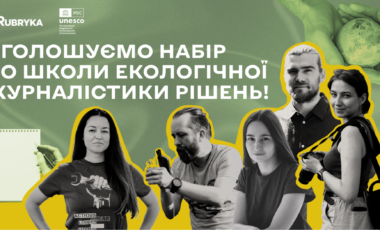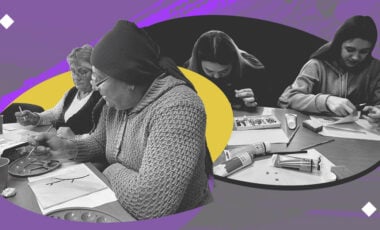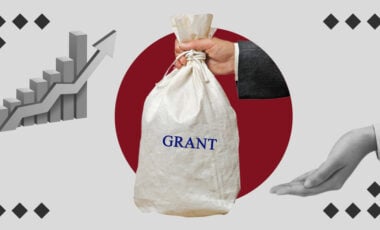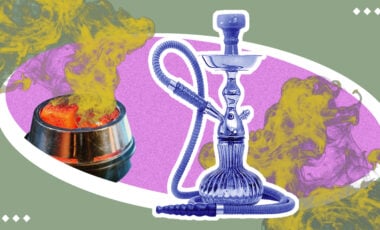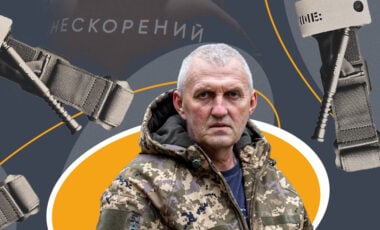DIY oxygen concentrator. How Kyiv hackers launched production of equipment for the regions
Ukraine is doomed to a technological breakthrough in the production of medical equipment, according to the HackLab hacker space volunteer team. Rubryka found out why and how vital an oxygen concentrator is
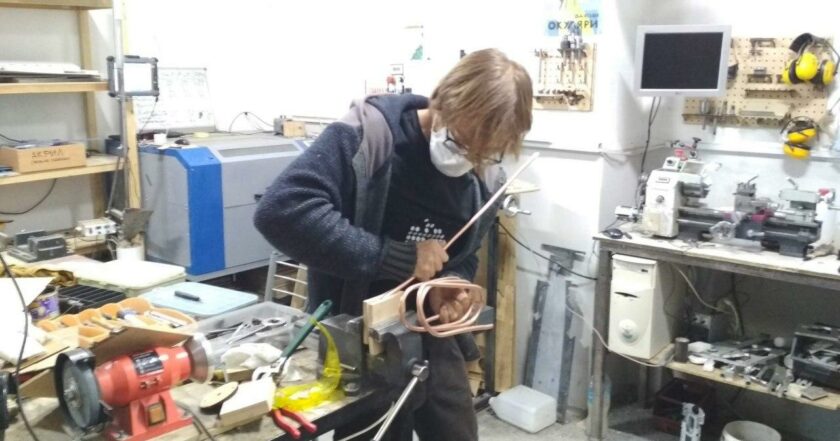
The coronavirus pandemic has forced all of us to change and adjust to new realities. It also applies to the technological process in modern Ukraine, which can now get a new lease of life. Artem Synytsyn, the head of the Kyiv hackerspace HackLab, thinks so. In its workshop, the initiative team makes an oxygen concentrator that can help with oxygen in the regions of Ukraine and solve the problem on the spot without contacting the center.
When it all started, and what was the trigger
It all started with the fact that one of the hackerspace members, Oleksandr Lebedev, called at the beginning of the pandemic and said that the hackerspace as a community should join the fight against the coronavirus. At that time, no one knew how the situation would develop, and we had to take the initiative.
Initially, the idea was to develop a ventilator, but after consulting with doctors, we realized that there are many more problems, and the problem of having ventilators is only one of them. Many specialists agreed that the main problem is the need for oxygen for oxygen therapy.
The trigger was the "peak" resonance in our community, which arose after we voiced the idea of joining the hackerspace to solve medical problems. We talked with medical staff and medical equipment developers, went to the anesthesiology department of the Cancer Institute, and studied the needs on the ground. For example, we have heard the need for oxygen, for air humidifiers, and there are problems with device adapters. We chose one from this list and started working on it.
What is oxygen therapy in the fight against Covid-19
Viral pneumonia affects the lungs and makes breathing difficult for a person. At the same time, the least invasive therapy is adding oxygen to the air the patient breathes so that the blood in the lungs is more easily saturated with it. For this, a mask is simply put on, and concentrated oxygen is supplied there. The mask is not tight, so a person in this condition should be able to breathe independently. If a person spends a week with such therapy, they can recover. Of course, if the body can fight the virus. This is called oxygen therapy.
Artificial lung ventilation (ALV) is the last line when a person is already suffocating and cannot breathe independently. This is surgical intervention and intubation. Under excess pressure, air saturated with oxygen is supplied directly through the tube. This is a complex operation, and many doctors say there are risks of infection and they try to avoid such an intervention and leave the patient on oxygen therapy as much as possible.
Oxygen is needed in both cases: both for therapy and for ventilator installation. The main problem is where to take it. One patient needs approximately 1 cylinder of oxygen per day. In central hospitals, it is produced centrally at a cryogenic station in large quantities. In remote regions, oxygen is transported by cars. If there are 100 patients, the same number of oxygen therapy cylinders is needed daily. Therefore, delivering oxygen is a significant logistical problem, and an oxygen concentrator helps solve such a problem.
How it works
Oxygen is already in the air, but its concentration is 21 percent. The rest is nitrogen. The idea of these devices is to "remove" nitrogen from the air using the adsorption process on substances called zeolites, leaving only oxygen. At the output of such devices, 90-93 percent of oxygen will usually be obtained.
The concentrator, compared to the oxygen cylinder, has several advantages:
- all that is needed for its operation is an outlet
- works 24/7
- is not tied to the infrastructure of the cryogenic station
Project's idea
In such a short period, making a device that will be certified and meet all requirements and standards is difficult. It is our device that is used in critical cases: either a person is left without oxygen or with our device.
Also, in the team, we understood that the capabilities of our hackerspace are not enough to organize a full-fledged production. Therefore, we decided to follow the principle of Open Source — to develop open documentation for the device and to ensure the dissemination of the expertise of repeating our project by local groups of engineers or other maker communities. The documentation and construction are as simple and accessible as possible; therefore, if all the components are available, it can be assembled in a day if assembled by one person.
The problematic part of this process is the supply of components and zeolite, which is difficult to obtain. Zeolite manufacturers supply up to 200 kg, and one device requires approximately 2 kg. Help is needed with the supply of zeolite, which we can provide to other maker communities so they can do it locally. We plan to provide mentoring assistance throughout the process.
What any maker community needs to know to assemble an oxygen concentrator
- study the documentation and contact Hacklab — Kyiv Hackerspace
- 3D printer and 3D printing skills
- basic carpentry tool
- basic skills in soldering
- zeolite
Where to get funds for projects
The initiative is completely voluntary, and all participants involved in the project do not receive financial compensation. We only received a grant from the international "Renaissance" fund in the amount of 50,000 hryvnias. It applies to the purchase of component materials. Also, people responded and provided us with financial assistance, for which we also bought components.
How many people are in the team?
The project is multi-layered, but the main part consists of 3-4 people. We are also joined by part-time volunteers engaged in specific small tasks. This helps in project development. We can say that the team consists of about one and a half dozen people.
Where does the help come from?
Mostly through social media—Facebook, word of mouth, we have an internal hackerspace chat where we've been covering and saying we need help, and we've been given it. People who were not part of the team before became more active during the pandemic.
Covid-19 has become a catalyst for technical progress in medical equipment
Waves of coronavirus are predicted in the fall as well. We want to gather a group of local communities that will have the expertise to assemble such devices. In case of critical loads on the medical system, they can quickly activate and supply oxygen concentrators to hospitals.
Also, our goal in this project is to develop engineering expertise in the development of medical equipment. Currently, very little is being done in this direction. Most of the devices on the market are imported equipment. Therefore, it is necessary to use the challenges that have arisen in connection with the epidemic as an incentive to develop our own solutions, localized as much as possible in Ukraine.



